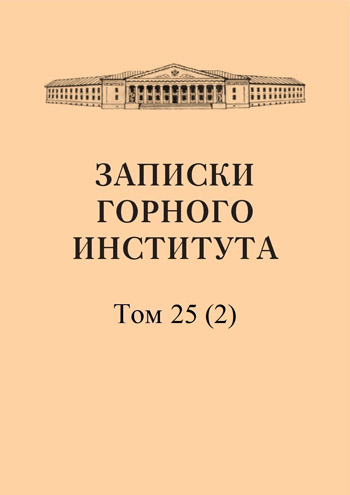Materials for the qualitative characteristics of coal in the Nelidovsky district
Abstract
The properties of coal in the Nelidovsky district are generally characterized in exploration reports based on the results of petrographic and chemical analyses of core samples. The exploration materials indicate that humus coal varieties (duren, clarene-duren and claren) are predominantly common in the Nelidovsky district, while humus-sapropel varieties are less common. The analyses provided in the same materials show a clearly expressed inconstancy of the chemical composition of coal. Thus, its technical composition is characterized by the following data: hygroscopic humidity from 2.85 to 33.74%; ash content of dry coal from 28.41 to 46.63%; volatile yield on a dry basis from 21.21 to 33.03%; total sulfur from 1.16 to 2.30%. The elemental composition of the organic matter is as follows: carbon from 68.05 dog 75.42%; hydrogen from 4.42 to 5.70%; nitrogen from 0.33 to 1.30% and oxygen in total with sulfur from 20.93 to 26.33%. The yield of dry distillation products: moisture from 3.90 to 15.60%; resins from 3.50 to 9.00%; semi-coke from 63.26 to 83.60%; gas and losses from 6.80 to 12.20%. The calorific value of dry coal fluctuates within 3470-5269 calories. Obviously, the main reason for the inconsistency of chemical properties is the petrographic heterogeneity of coal. Therefore, to resolve the issue of the most rational use of coal in this newly developed region, it is important to know what role each of the petrographic types plays in the formation of the layers and their properties.
